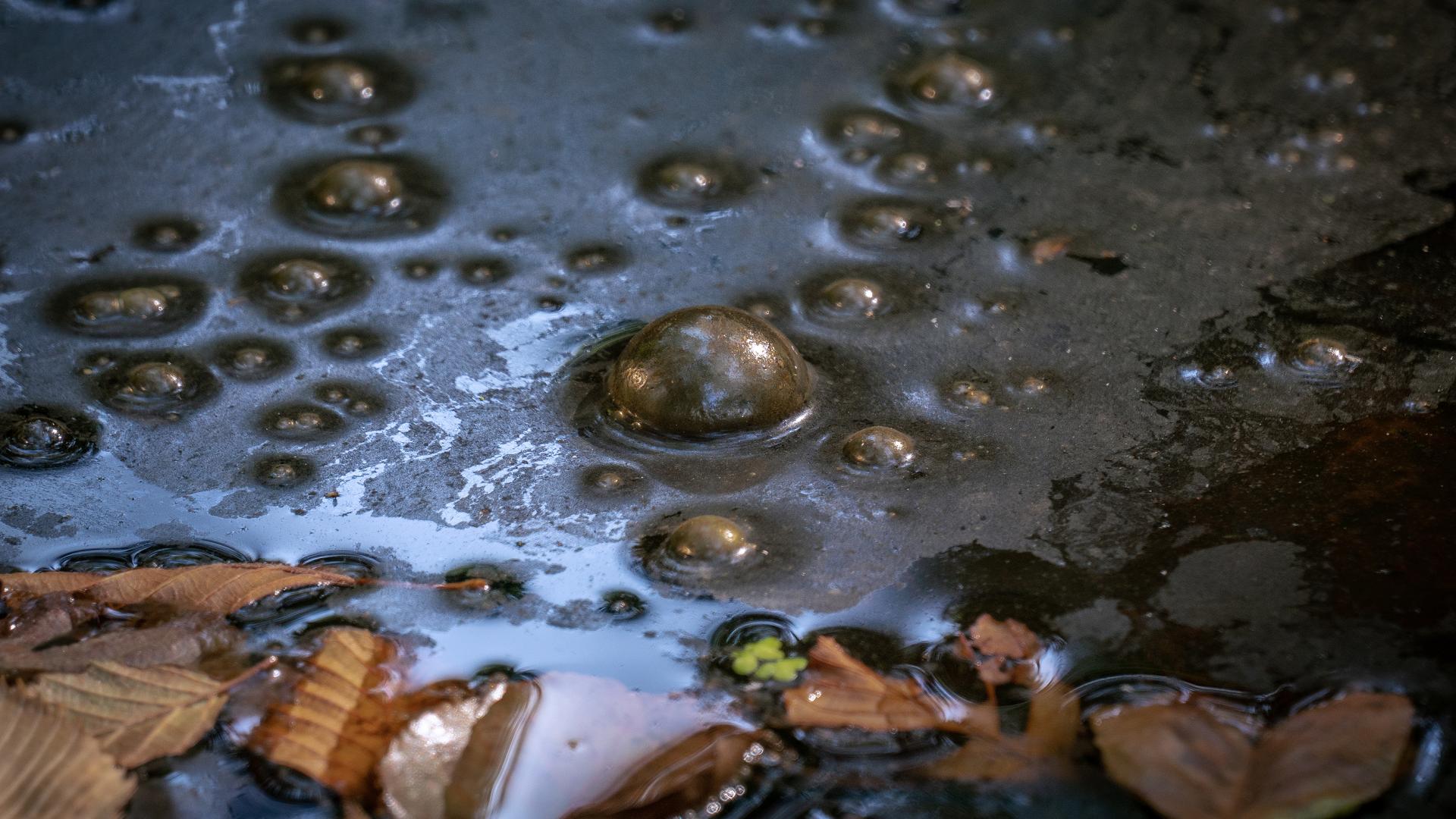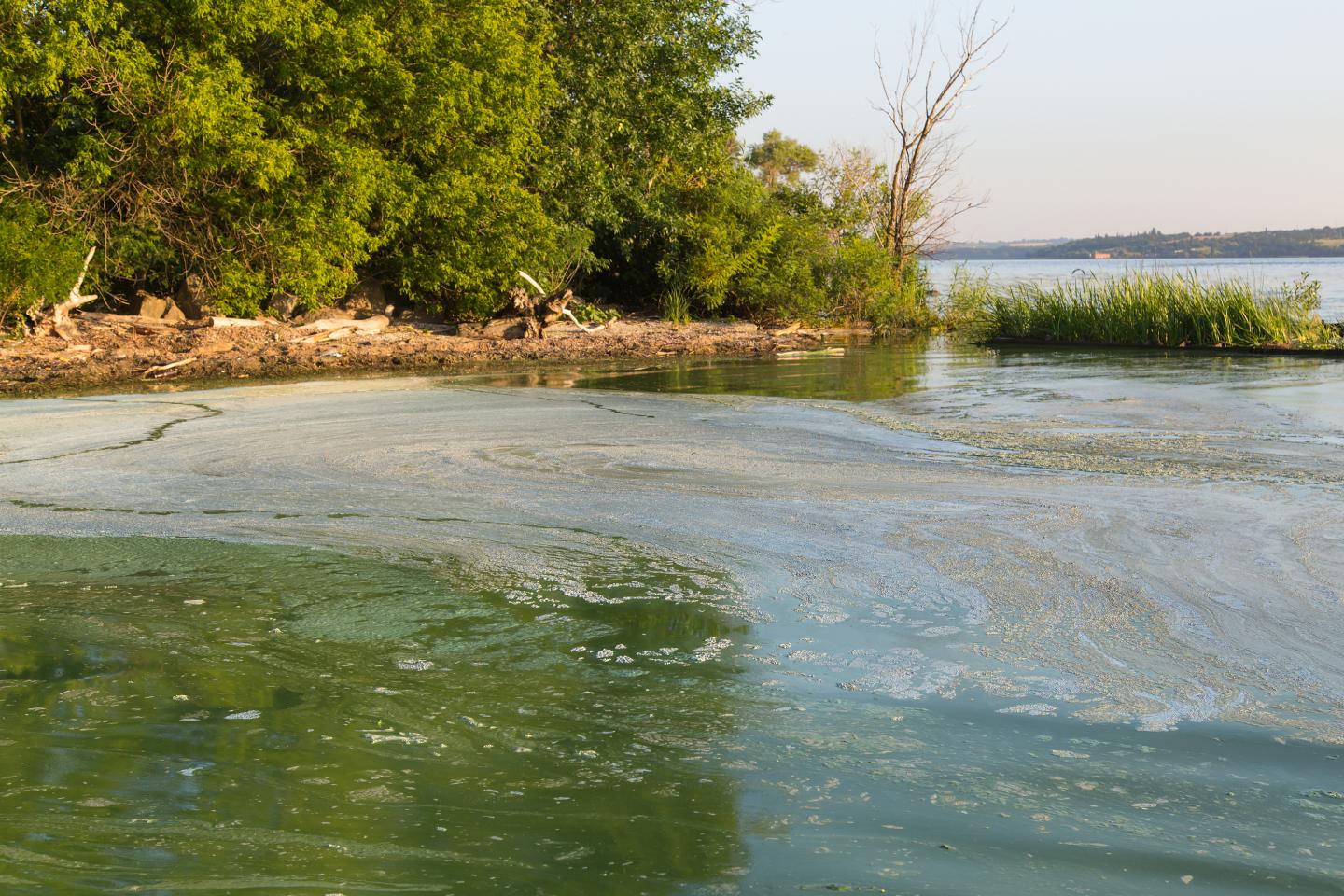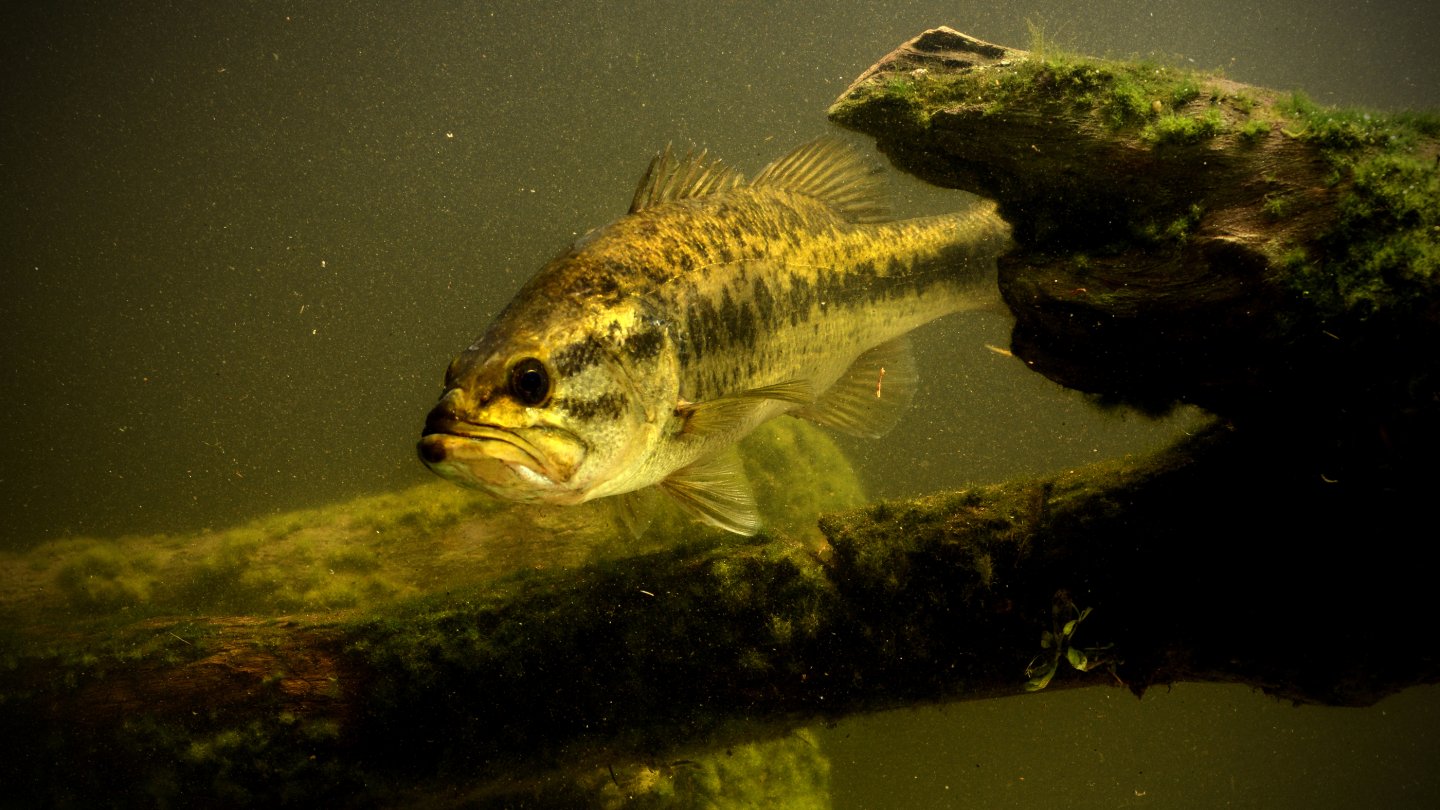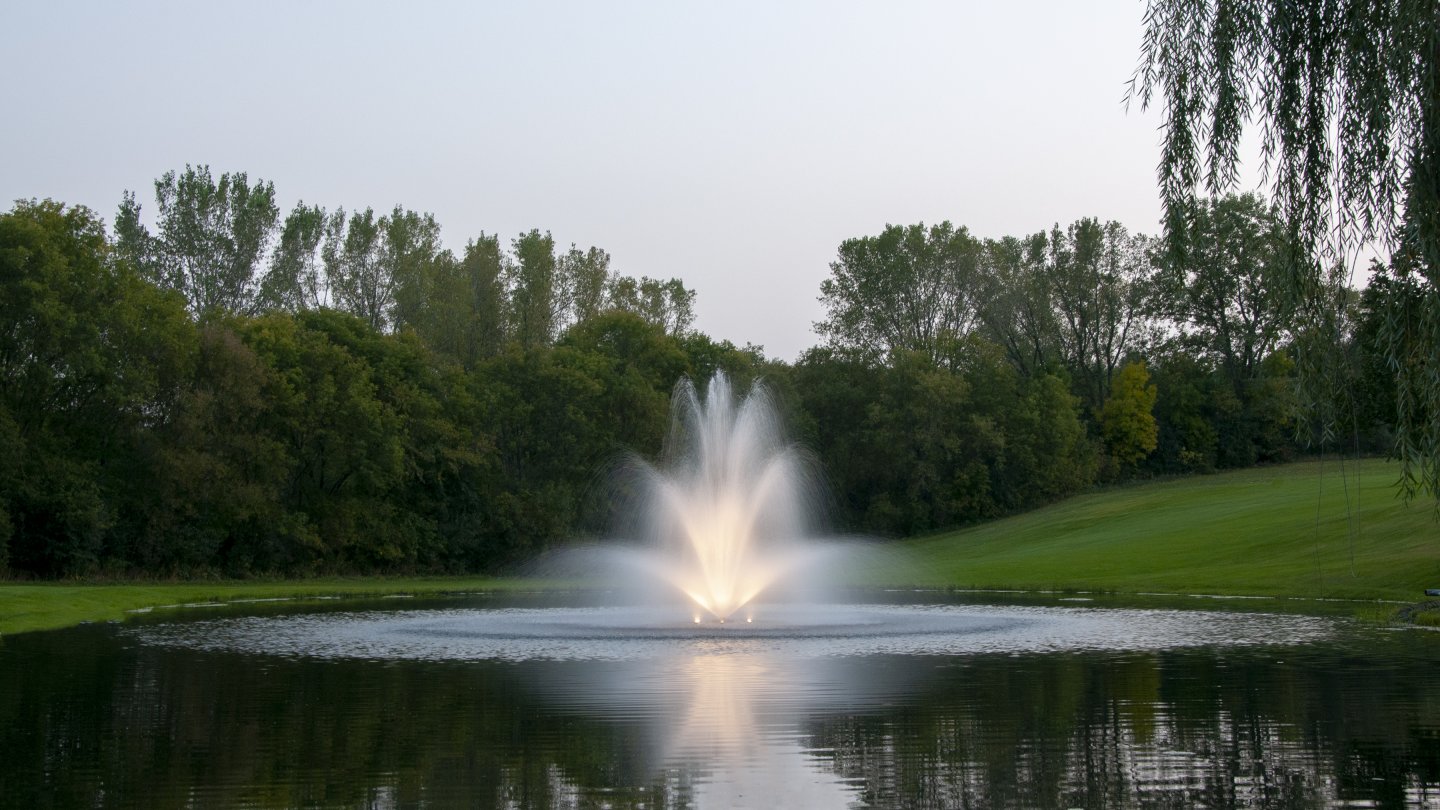
Many ponds and small lakes experience conditions that can result in their surfaces being covered by a “scum” or biofilm. Biofilms can occur at different times of the year and their composition can vary depending on the season and waterbody characteristics. While some biofilms dissipate naturally, others can persist year-round, becoming a stubborn issue for pond and lake owners. Fortunately, there are several management techniques that, when combined, form an effective strategy for biofilm control.
Biofilms are typically caused by organic debris floating on the water’s surface. This debris often consists of pollen, dust, seeds, lipids, and proteins. Surface tension plays a key role in keeping the debris afloat, especially in waterbodies with poor water movement or minimal exposure to wind. One overlooked aspect of biofilm formation is the role of lipids, which are released as organic matter decomposes. When plants, algae, or animals decompose in water, their cells release stored fats and lipids. In ponds and lakes with high organic material content in their sediments, the concentration of these lipids can promote persistent biofilm formation. Waterbodies with accumulated organic material over time are more prone to these issues, as lipids contribute to debris buoyancy and surface scum. Without proper management, this can result in both visual and water quality problems, making biofilm prevention and treatment essential.


Biofilms can be managed through a multi-faceted approach that addresses both the causes and the visible symptoms. Here are several key strategies to help reduce or eliminate biofilms:
1. Reduce Organic Material Accumulation
One of the most effective ways to limit persistent biofilms is to reduce the amount of organic matter that accumulates in the water. Regularly applying beneficial microbes accelerates the decomposition of organic material. Applying them consistently throughout the year helps maintain a balanced ecosystem and prevents organic buildup.
2. Install Surface Aeration
Surface aeration is essential in managing biofilms by improving water circulation and disrupting surface tension, which helps break up floating debris. Aeration also enhances oxygen levels in the water, stimulating the metabolic activity of beneficial microbes, which speeds up the breakdown of organic material. Continuous aeration ensures that water stays properly mixed, reducing the chances of persistent biofilms forming.
3. Use Water Clarifying Products
In more stubborn cases, water clarifying products like aluminum sulfate (alum) can be used to flocculate and settle debris out of the water column. These products bind to particles, causing them to sink instead of floating on the surface. When used in combination with aeration and beneficial microbes, clarifying treatments can be highly effective in reducing biofilm formation. It’s important that these treatments are applied by professional aquatic managers to ensure proper dosing and application.
Biofilms are a natural occurrence in many waterbodies, but they don’t have to be a persistent problem. The most effective approach combines reducing organic material accumulation, installing aeration systems, and using clarifying treatments when necessary. This integrated strategy helps maintain a cleaner, healthier aquatic environment, reducing both the frequency and severity of biofilm formation.
If biofilms are affecting your pond or lake, reach out to our team of biologists for expert recommendations and a tailored management plan that address the unique needs of your waterbody.



